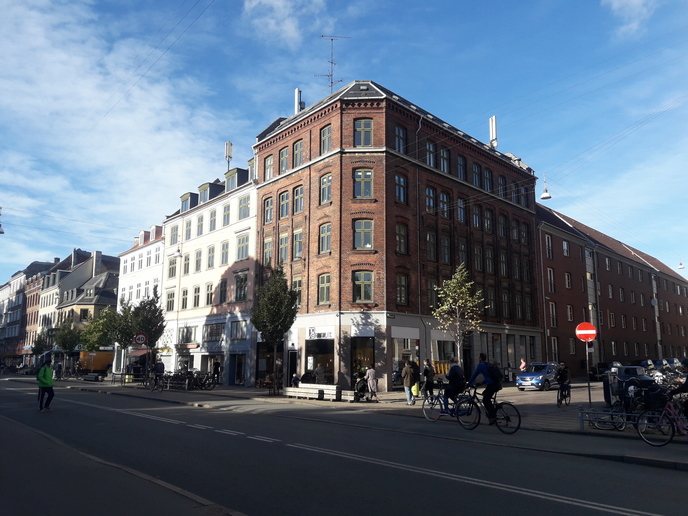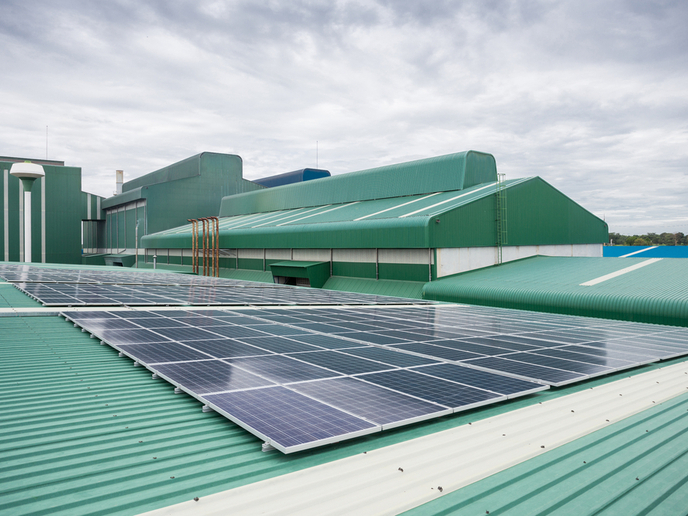Retrofitting historic buildings with internal thermal insulation: Guidelines on building eligibility
Historic buildings built before 1945 account for an important part of the European building stock. While most of these buildings have great architectural and cultural value, they also consume almost 40 % of total energy consumption and are responsible for 36 % of CO2 emissions of buildings in Europe. As such, Europe’s historic buildings play a significant role in reaching EU climate and energy targets. Properly insulating these buildings will reduce heating expenses and lower the CO2 emission.
A mix of challenges
“Estimations indicate that if 50 % of the external walls in European historic buildings become internally insulated, then between 4.5 and 22 % of the energy used for space heating in these buildings might be saved,” explains Ernst Jan de Place Hansen, of the EU-funded RIBuild(opens in new window) project. He attributes this wide span to the fact that historic buildings are a mixed collection of buildings with different design, wall thickness and other varied characteristics. Deciding whether and how to implement energy efficiency in historic buildings is a complex process that involves different technical solutions. Heritage value, indoor environment, cost efficiency and the interests of stakeholders, amongst others, also have to be taken into consideration. One measure involves thermally insulating the facades externally. However, this isn’t viable as it will completely change the character of the building. Building owners usually opt to replace windows, add thermal insulation to the roof or renovate the heating systems.
Internal thermal insulation
The RIBuild project addressed the most difficult retrofitting measure of historic buildings: internal thermal insulation. Project work offers knowledge on how and under what conditions internal thermal insulation can be implemented in historic buildings, without compromising their architectural and cultural value, with an acceptable safety level against deterioration and collapse of heavy external wall structures. “We have collected a lot of information about how to renovate historic buildings presented in our website,” comments Hansen. Building owners learn which steps to take and how to ensure that all the relevant knowledge is present before deciding what to do with a specific building. Furthermore, important steps were taken concerning how to let hygrothermal simulations and simulations of life-cycle assessment become probabilistic. This means bearing in mind that a certain risk is involved when renovating a building, due to the spread in properties related to historic building materials and without detailed knowledge about the building materials used. Also the range in outdoor exposure, e.g. wind driven rain, is taken into consideration. As such, building owners must consider if they are willing to take this risk. RIBuild developed guidelines(opens in new window) and a web-based tool applicable to historic buildings all over Europe. As such, more building owners and relevant authorities will be more willing to implement internal insulation when they learn that it is possible to do so and that an approach on how to assess a building with that purpose is available. “Anybody with an interest in building physics, retrofitting or energy efficient restoration of historic buildings can benefit from the guidelines,” concludes Hansen.







